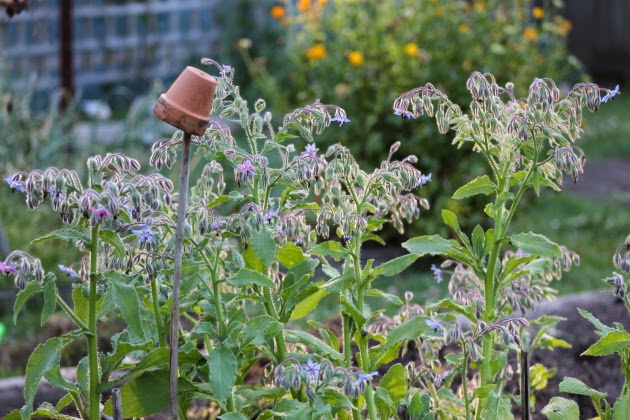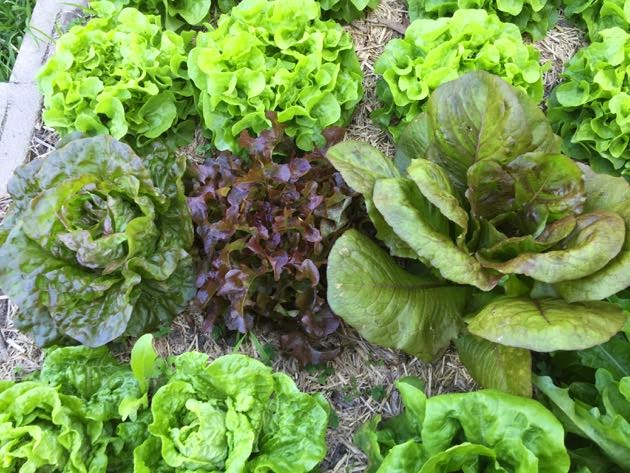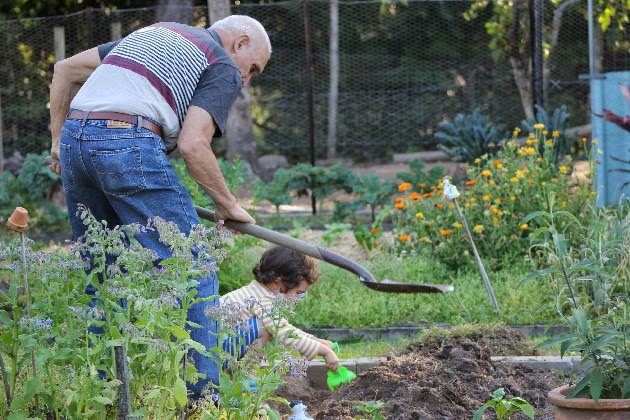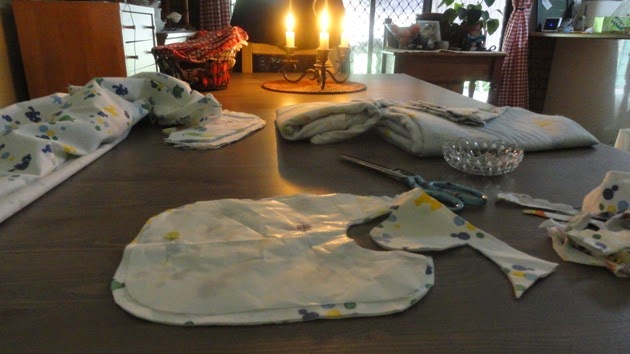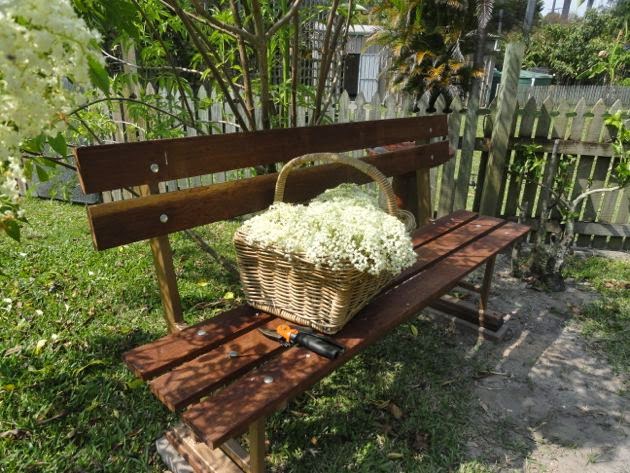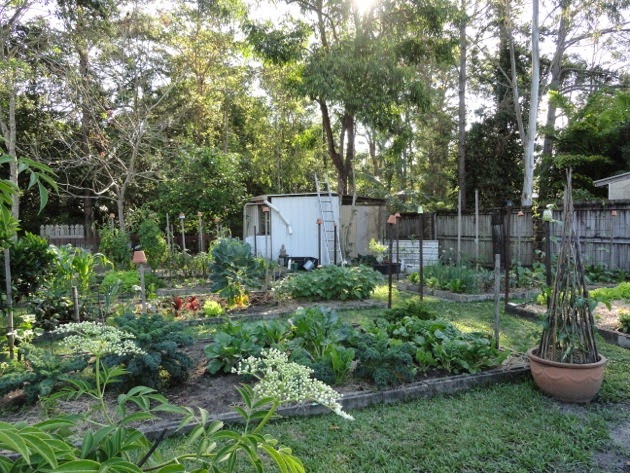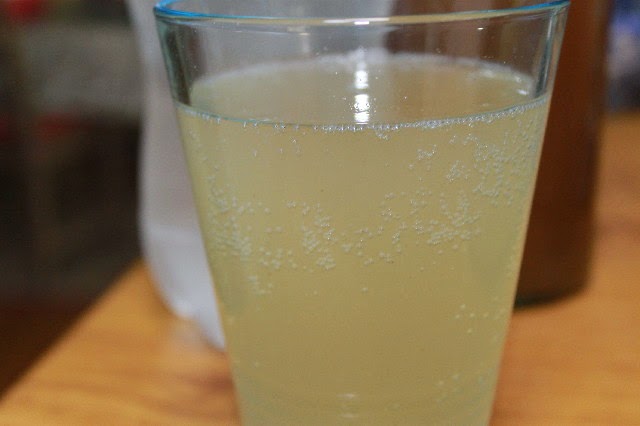It's very easy to spend a lot of money in the garden. Raised beds, top soil from the garden supplier, blocks, sleepers, fertiliser, tools, fences, wheel barrows, water, and then there's the plants. But like many other things, if you're organised you can save a lot of money creating a garden without pouring money into it. Let's face it, if it's going to cost too much to produce your own, you're better off buying fruit and veg until you can grow your own at a reasonable cost.
Before you start, work out how much you spend on weekly fruit and vegetables and that will be your budgeting guide. You'll have to spend a little bit more to set up your garden and that cost should be returned to you over the following years, but if your gardening costs are too high, you may have to rethink. Always work to a year's budget, weekly budgets don't work here. You'll spend a lot the week you buy seeds and seedlings and then you may not buy anything for a month or so. But the main thing is to work out what your budget will be, and then stick to it.
The cheapest way of growing vegetables year after year is to use open pollinated (heirloom) seedlings and save the seeds at the end of the season to be planted out again the next seasons. This is how all our ancestors would have produced their backyard food. It was a source of pride for gardeners to have a large collection of viable seeds to plant out and swap with neighbours every year. You can't plant seeds from hybrid plants, they don't reproduce true to type. They must be open pollinated. If you start out using that seeds, you'll cut down on your costs because, theoretically, you'll only have to buy the seeds once, and when you want to add new varieties to your collection. You can buy these seeds online in almost every country now.
Here are some older posts on:
How to work out what to grow
How to test for seed viability
How to save seeds
SEEDLINGS
Sometimes you just miss the deadline for planting out your seeds and before you know it, it's time to plant. When that happens, go to your local market to buy your seedlings. We can buy seedlings from the garden nursery here at about $3 for four or six seedlings but at the market they're $1 for 12.
CUTTINGS, SLIPS, TUBERS
As in ornamental gardens, you can grow plants from cuttings, slips and seeds in a vegetable garden too. Before you buy all your supplies, check the post below for what you can grow from what you may already have in your kitchen right now. Remember, the rule of enriched soil stands for these too. There are several perennial vegetables that will just keep growing for donkeys years. For instance, we have a stand of Welsh onions given to me by a reader many years ago and they're still going strong. You can also find a perennial leek, rhubarb and asparagus. Even if you have to buy these vegetables to start them, they'll keep you going for many many years.
I've planted up some avocado seeds and they're doing really well. I know some will say they'll never have fruit or it will take too long, but I'm more optimistic than that and I prefer to think things will work. So far, they are. Just today I snapped off a piece of ginger from a fresh rhizome bought at the shop. I'll keep it in the kitchen until it sprouts, then I'll plant it. Gardening is full of these type of plants, keep your eyes open for them because they'll never be advertised.
Sweet potato can be grown from slips. These are sprouts that form on the vegetable and develop into a long vine. You can cut then off, very close to the sweet potato and plant them in a pot. Soon you'll see new growth and you can plant it in the garden. Please note, sweet potatoes need a warm climate and a lot of room to grow.
We have three new blueberry bushes because I took cuttings from the bushes we have growing here. I took eight cuttings, three of them took and are growing well now the warmer weather his here. Some might think that three from eight isn't much but I just know that for very little effort and no cost, I have three new blue berry bushes growing outside now. (BTW, Jamie calls them blue bellies).
Elder grows really well from cuttings. You can remove the runners from strawberries to form new plants. Pineapples will grow from the spiky top if you live in a warm climate. There are so many things that can be done.
COMPOST and MANURE
The best thing you can do for your garden is to add compost to it. As soon as you decide to garden, start a compost heap. Even if it just sits in the corner and rots slowly, it will be worthwhile when you come to planting your garden.
There is a composting guide here.
Compost is a great help in cutting down on your household waste. All your kitchen scraps, old newspapers, garden waste, old chook nesting material and chook manure can go in the compost and over a couple of months it will turn itself into the most wonderful soil additive.
You may have to buy cow or horse manure, another excellent soil additive, but if you have a paddock or farm near by, ask if you can collect the manure. Often farmers are happy to be rid of it. If you do collect it, ask if the animals have recently been wormed. Worming medication will kill the worms in your soil and you won't want that.
MULCH
Mulching will help keep the moisture in the soil and the soil at an even temperature. It's essential in most Australian and dry gardens. You can harvest your grass, dry it out for a month or so and use that as mulch but you have to keep fluffing it up because it has a tendency to matt up and block the rain from getting through to the roots of your plants.
Mulch is one of the few things we buy for the garden. We buy organic sugar cane mulch and it works really well in our garden. It's holds the moisture in and at the end of the season, we can dig it in to add more organic matter to the soil.
HOMEMADE LIQUID FERTILISERS
This is a no brainer. If you're growing comfrey, yarrow, nettles, or even weeds, you can pick them, add it to water in a bucket, wait for a couple of weeks, and you'll have excellent fertiliser.
Here is a guide that I wrote a while back.
We still buy sulphate of potash, Seasol and trace elements (all organic) and we buy them in large containers so they're cheaper. But our main fertiliser is comfrey which is made for next to nothing and can be used as a weak tea every two weeks on most vegetables.
BENEFICIAL INSECTS AND PLANTS
When left alone, natural systems balance themselves out with no help from us. It's when we try to manipulate things, killing insects we are scared of, that things start going wrong. There are plenty of of insects that will help you in the garden by killing off or keeping away other pest insects. If you can attract those insects, you'll help create a natural balance in your garden. So put away the sprays and start growing the plants the beneficial insects love. They'll do the work for you.
Here is an old post about what to plant and the insects you want in your garden.
TOOLS
At the moment, we need a new spade. The one Hanno has used for years is bent and needs replacing. We could get a cheap one from the hardware store but there is a man at our local Sunday market who sells old tools. They're much better quality than those on sale now, so that's where we'll buy our new spade. I'm not sure how much he'll charge, but I doubt it will be the same price as a new one. If you can buy old tools, often they'll be better quality than those you'll buy new now. Many of them are made in China and just don't stand up to the tough work of gardening. It's a shame that so many people see buying cheap tools as an option because instead of lasting for many years, most of them break and you have to buy it again. And again. If you need garden tools, ask around. Many older people get rid of their tools when they down size. It's worthwhile looking out for them. Gumtree is a good place to look, so is your local newspaper.
WATER
Many of us forget the obvious things and water is one of those. Every garden needs water; some more than others. If you're gardening and you have to pay for your water, I encourage you to collect as much water as you can from your own roof. You can go the traditional Australian route and install a water tank. Unfortunately, most of the government rebates for water tanks have ended but it's still worthwhile looking to see if you can get a rebate and then decide if it's an option for your garden. I reckon the average backyard vegetable patch would need at least 50 litres of water a week during the summer, give or take. You should factor that cost into your gardening costs when you're planning your garden.
Even if you don't install a tank, you can still rig up the down pipes to spill into a barrel or large container. In addition to our two large water tanks, we have a 200 litre open bin in our garden that Hanno has rigged up to collect the water from the chicken house roof. That's 200 litres of water we can use that is free. A bucket will hold 10 litres of water. If you have a down pour, place your buckets outside to catch every drop you can. It's being proactive like this that makes the difference. And yes, the mosquitoes will breed in still water, so every couple of days, run an old fine kitchen sieve through the water to catch the larvae. Just tip them out on the ground, they die out of water.
There are many other things I could keep writing about but as you can see, this post is long enough already. So take it slow, don't take on too much when you start, try to do as much for yourself as you can, and think about your purchases before you make them. Happy gardening everyone!

